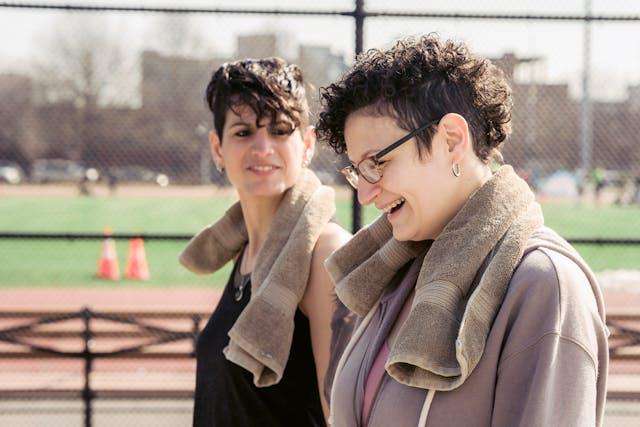
Active Listening: Enhancing Relationship Communication
Active listening is a dynamic process that requires intentional effort to fully engage with the speaker. It involves not only hearing the words spoken but also grasping the underlying emotions, intentions, and context. By demonstrating a genuine interest in what the other person is saying, active listening lays the foundation for trust and effective communication.
Give Your Full Attention:
In a world filled with distractions, giving someone your undivided attention is a rare and valuable gift. When conversing, put away electronic devices, make eye contact, and show that you are fully present. This simple act conveys respect and signals to the speaker that their words matter.
Practice Nonverbal Communication:
In our everyday conversations, we use more than just words to connect with others. Simple actions like nodding, looking into someone's eyes, and copying their movements show that we are paying attention and understanding what they're saying. These nonverbal signals tell the speaker that their message is getting through and make them feel comfortable sharing even more. Let's explore the power of unspoken communication!
Avoid Interrupting:
Interrupting not only disrupts the flow of conversation but also sends a message that your thoughts are more important than the speaker's. Allow the speaker to express themselves fully before offering your input. This patience fosters a more supportive and collaborative communication environment.
Provide Positive Responses in Conversation:
When you're chatting with others, try using friendly words like "I understand," "That makes sense," or "Tell me more." These expressions not only show that you're listening but also encourage people to open up and share more about what's on their minds. Improving your communication skills involves actively acknowledging others and creating a positive space for dialogue. So, be kind and keep the conversation flowing!
Ask Open-ended Questions:
Encourage interesting conversations by asking questions that require more than a simple yes or no answer. Instead of asking, "Did you enjoy it?" try saying, "What are your thoughts on it? Share more details!" This approach helps you learn more about the other person's feelings and opinions, making your discussions more enjoyable and meaningful. Remember, the key is to dive deeper into their experiences and perspectives.
Reflect on What You've Heard:
After the speaker has shared their thoughts, take a moment to reflect on what has been said. Summarize the key points and repeat them back to the speaker. This not only demonstrates active listening but also ensures that you have accurately understood the message.
Empathize with the Speaker:
Empathy is like a superpower in listening. Imagine stepping into someone else's shoes, trying to feel what they feel and understand what they've been through. Show you care by recognizing their emotions and letting them know you value their experiences.
Suspend Judgment:
Active listening requires an open mind. Avoid forming judgments or crafting responses while the speaker is talking. Instead, focus on absorbing their words and consider different viewpoints before formulating your thoughts.
Be Patient:
In our chats, it's important to be patient. People might need time to say what they're thinking or share their feelings. When we're patient, we give them space to express themselves comfortably. This means waiting for them to find the right words and being okay with pauses in the conversation. Patience helps create an environment where people feel at ease, making it easier for them to open up and share more openly. So, let's remember, that taking a little extra time in our conversations can make a big difference!
Follow Up:
Demonstrate continued interest in the speaker's thoughts by following up on previous conversations. This not only strengthens the relationship but also shows that you value and remember what the other person shares with you.
Conclusion
The art of active listening is a powerful tool for enhancing relationship communication. By giving your full attention, practicing nonverbal communication, avoiding interruptions, providing feedback, asking open-ended questions, reflecting on what you've heard, empathizing, suspending judgment, being patient, and following up, you can create a communication environment that fosters trust, understanding, and connection. These skills may require practice, but the rewards of improved relationships and deeper connections make the effort worthwhile. Remember, the key to effective communication is not just in speaking but in listening actively and with intent.














